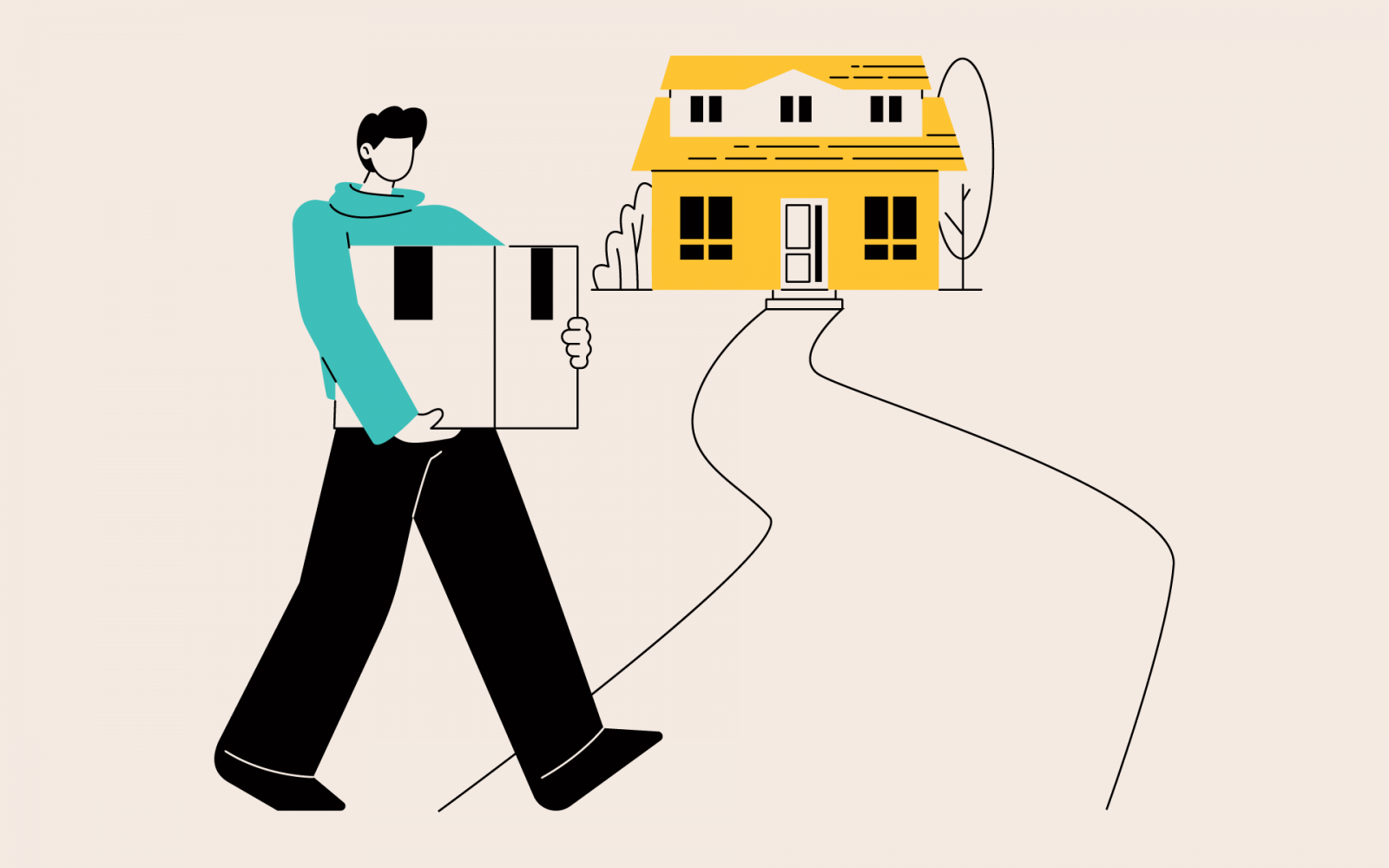Liebet and Adél, the artist and chef living their dream on the Strandveld of Paternoster

Lessons about life, change, and turning giant seaweed into an artform.
Lessons about life, change, and turning giant seaweed into an artform
When the fronds of kelp dance in the ebb and flow off the tides off the coast of Paternoster, they send a special signal to Liebet Jooste and Adél Hughes, who live in a little whitewashed ‘plaashuisie’ on the Strandveld.
Ever since they moved down here from the suburbs of Pretoria, the ubiquitous seaweed of the shallow underwater forests has held an almost mystical sway over their personal and professional lives.
Liebet is an artist and storybook illustrator, and her whimsical, finely-detailed ink and watercolour works bring kelp to life in sinuous form and vivid colour.
For Adél, meanwhile, who is head chef at the tiny ‘Oep ve Koep’ bistro in the fishing village, she uses kelp in a salad or curled into strings of spaghetti to create a sweet-and-salty grace-note to her marine-inspired tasting menu.
And one day in spring, the West Coast’s season of wild blossoms and renewal, Liebet and Adél stood in the heart of a circle of kelp on a secluded beach, ringed by family and friends, as they recited their wedding vows, wearing flowing wedding gowns in the colours of, you guessed it, kelp. Then there is Ecklonia Maxima.
This is the scientific name of the largest species of kelp, commonly known as sea bamboo, that thrives in the temperate waters of the southern Atlantic.
It also happens to be the name of Liebet and Adél’s trusty, copper-coloured rescue pup (Max for short), who joins them on their daily foraging expeditions on the beach and veld.
“We just like the ‘majesticness’ of kelp,” says Adél. “It’s an extremely beautiful sea vegetable that grows extremely fast and plays an important part in the ecosystem. It’s amazing to see how it shifts and changes colour when it dries out.”
A wistful sigh, and then, “Ag, ja,” she says, “you could say we’re just a bit fascinated by kelp.” But there is more to it than that.
For this creative duo, who took the bold decision to trade the bustle of the highveld for the quiet of the Strandveld, kelp has become an abiding symbol of a way of life, and a way of learning to love change.
At first, they settled for the little ‘dorp’ of Betty’s Bay on the Overberg coast, where Liebet’s family had a holiday home.
Then Adél, with her diploma in French cuisine from the Prue Leith Culinary Institute in Centurion, landed her dream job at Oep ve Koep, the sister restaurant of Wolfgat, which was named the Best Restaurant in the World at The World Restaurant Awards in Paris in 2019.
It was Kobus van der Merwe, pioneer of the Strandveld style of cuisine, based on indigenous, seasonal, ingredients, prepared with minimal fuss and manipulation, who introduced Adél and Liebet to the wonders of kelp, and crucially, schooled them in how to harvest it.
The important thing to remember is to never to pull the kelp up by its roots, because, well, it doesn’t have roots. The gnarled and tangled structures that attach kelp to the rock are called a holdfast, and you need to leave that in place to allow the kelp to regrow.
As Liebet recalls, “Kobus saw us cutting kelp, and he said, no, you mustn’t cut it like that. He was very adamant.”
The correct way is to cut the kelp just above the stipe, the big, bamboo-like supporting stem, at the point where the blades begin to fan out. That way, the kelp lives on, and grows to feed your culinary or artistic ambitions on another day.
The life lesson here is that you put down roots, in a place that feels like home, but the roots are really just a holdfast. Who knows where the next turn, the next coastal road, the next mountain pass, will lead you?
“I’m a very emotional and sentimental person,” says Liebet, “and that keeps me sometimes from accepting change. But in the same breath, I’m constantly curious and looking for change. Does that make sense? I just think that growth can’t happen if things don’t change. Knowing where you come from, and having an idea of where you want to go, is as important as accepting and celebrating change in your life.”
The way Adél sees it, life boils down to a question — “What if?” — and you find the answer by being unafraid to try new things, explore new places, test new methods.
Sometimes, it doesn’t work out, like the time Adél tried to deep-fry kelp. “It was just bursting and bubbling all over the place,” she says. “I forgot that kelp has a lot of water inside. I tried it once, and never again.”
For now, she says, in their little plaashuisie’’ on the Strandveld of Paternoster, she and Liebet are living their dream, day-by-day.
Early in the morning, before the hot wind rises, they will head out onto the scrub-covered dunes, with Ecklonia Maxima leading the way, and they will pick ‘kruipvygie’ and ‘soutslaai’ for the table, their ears tuned as always to the sound of the ocean in the distance, where the forests of kelp dance and sway in the waves.
For more fascinating stories about the remarkable people and places of the West Coast, watch Weskubewoners, brought to you by BrightRock, on kykNET every Thursday at 21:00.




